Aromasin, the brand name for exemestane, is a potent aromatase inhibitor used primarily in the treatment of hormone receptor-positive breast cancer in postmenopausal women. Introduced in the late 1990s, Aromasin has become a key component of breast cancer therapy, particularly in cases where estrogen plays a critical role in tumor growth.
Mechanism of Action
Aromasin works by irreversibly inhibiting the aromatase enzyme, which is responsible for converting androgens (such as testosterone) into estrogens (such as estradiol) in peripheral tissues. By reducing estrogen levels, Aromasin effectively deprives estrogen-sensitive tumors of the hormone they need to grow. This mechanism is particularly beneficial for patients with hormone receptor-positive tumors, where estrogen stimulates cancer cell proliferation.
Indications
Aromasin is primarily indicated for:
- Adjuvant Therapy: It is used as an adjuvant treatment in postmenopausal women with early-stage hormone receptor-positive breast cancer following surgery and radiation therapy. The goal is to reduce the risk of recurrence.
- Metastatic Breast Cancer: Aromasin is also prescribed for postmenopausal women with advanced cases of hormone receptor-positive breast cancer to help control disease progression.
- Switch Therapy: It may be utilized in women who have previously been treated with tamoxifen and require a switch to an aromatase inhibitor to further reduce estrogen levels.
Dosage and Administration
Aromasin is typically administered orally in tablet form, with a standard dose of 25 mg taken once daily after a meal. This dosing schedule helps improve absorption and efficacy. Treatment duration can vary based on individual patient factors and clinical response, often extending to five years or more in adjuvant settings.
Benefits
- Efficacy in Reducing Recurrence: Aromasin has been shown to significantly lower the risk of breast cancer recurrence in hormone receptor-positive patients, contributing to improved survival rates.
- Improved Quality of Life: By effectively managing hormone-sensitive tumors, Aromasin can enhance patients’ overall quality of life during and after treatment.
- Reduction in Estrogen Levels: Its ability to lower estrogen levels can also help alleviate symptoms associated with estrogen dominance, contributing to better management of the disease.
Side Effects
While Aromasin is generally well-tolerated, it can cause a variety of side effects, including:
- Hot Flashes: A common symptom due to reduced estrogen levels.
- Fatigue: Many patients report feeling more tired than usual.
- Joint Pain and Stiffness: Musculoskeletal discomfort is frequently noted.
- Nausea: Some users may experience gastrointestinal upset.
- Bone Density Loss: Long-term use can lead to decreased bone mineral density, increasing the risk of osteoporosis and fractures.
Contraindications and Precautions
Aromasin is contraindicated in premenopausal women, as it is not effective in this population where estrogen production is primarily ovarian. Patients with a history of hypersensitivity to exemestane or any component of the formulation should not use it. Regular monitoring of bone density is recommended for long-term users, and healthcare providers may consider additional interventions to mitigate bone loss.
Conclusion
Aromasin plays a crucial role in the management of hormone receptor-positive breast cancer in postmenopausal women. Its unique mechanism of action, combined with its proven efficacy in reducing recurrence rates, makes it an essential component of breast cancer therapy. As with any medication, careful consideration of potential side effects and contraindications is vital to ensure optimal patient outcomes. Regular follow-up and communication with healthcare providers are essential for those undergoing treatment with Aromasin.

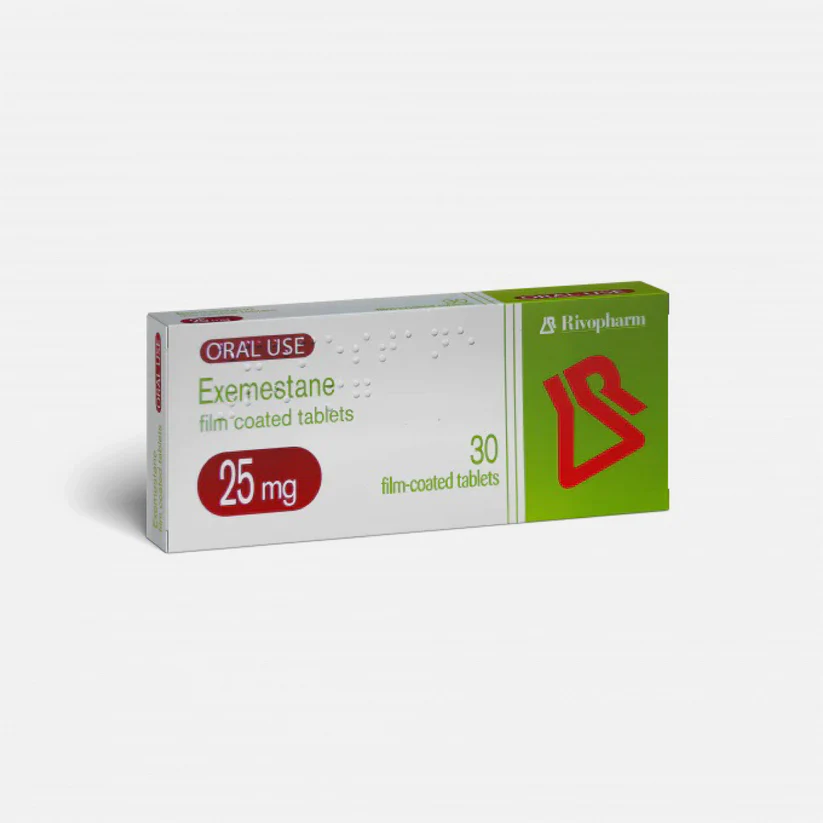

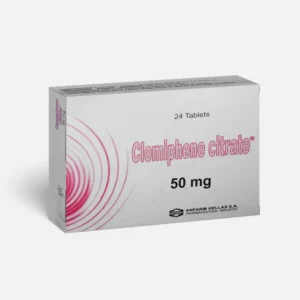
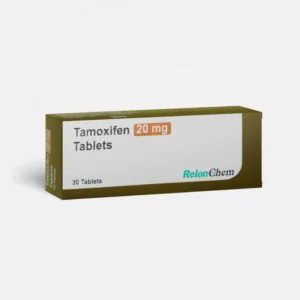
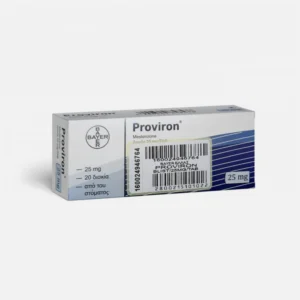
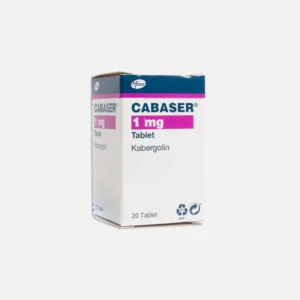
Reviews
There are no reviews yet